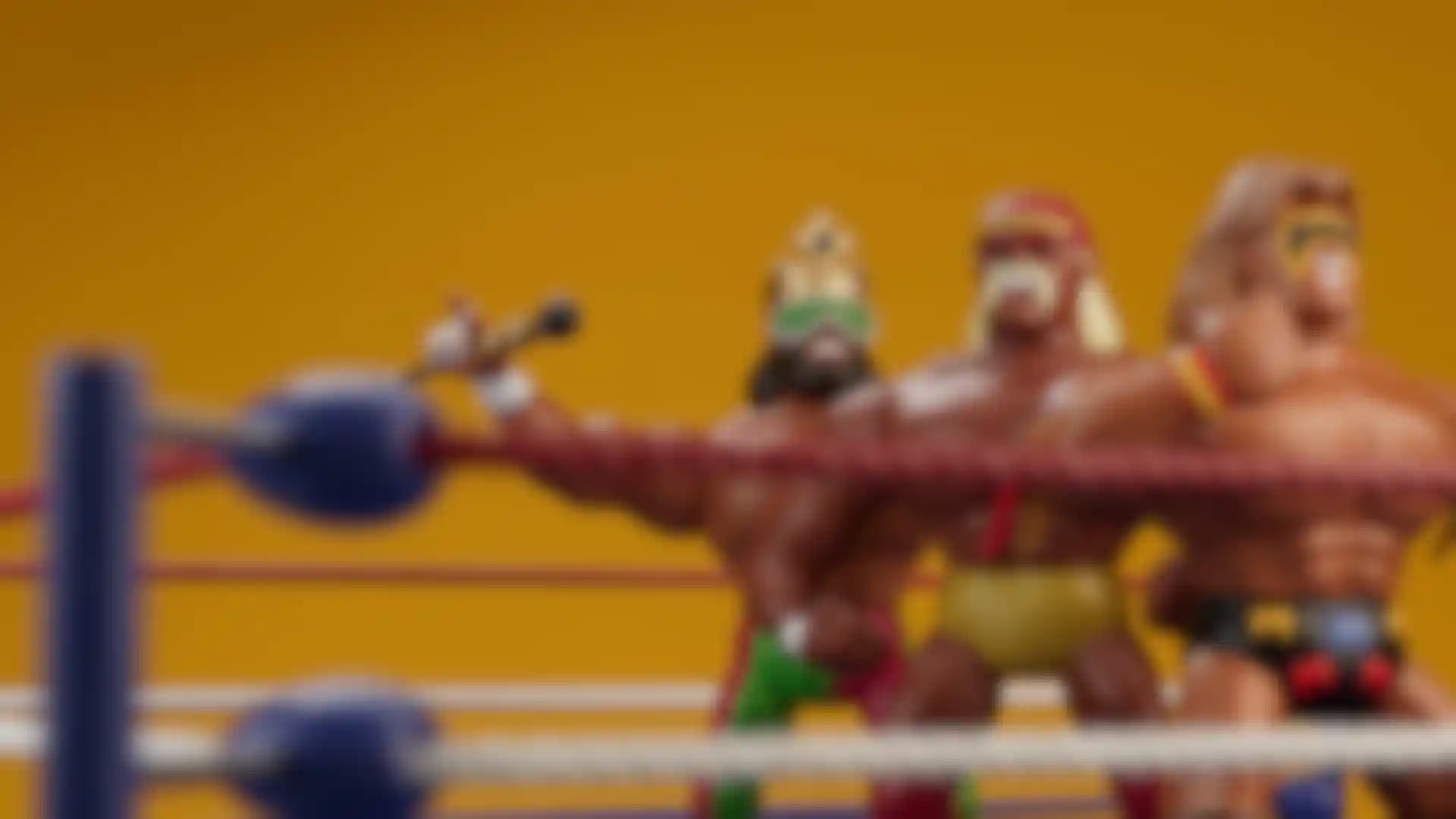
Using 3D to Bring Back the ‘Golden Era’ of Professional Wrestling How Fraser Davidson used C4D, Redshift and more to create a figurine collection celebrating wrestling’s glory days.
Maxon recently had the opportunity to speak with Fraser Davidson, the mastermind behind a campy, fun 3D-crafted figurine collection of some of wrestling’s all-time greats. Using Cinema 4D, Redshift and Greyscalegorilla Plus, Davidson brought Hulk Hogan, Dusty Rhodes, Vince McMahon and others to life in a spirited homage. Here’s what he had to say.
Tell us about yourself and your studio.
Davidson: I co-own and run Cub, an animation studio in Brighton in the U.K. We work predominantly in sport, but we also do a lot of work with tech companies and a bit of TV and film work here and there.
For a long time, I was exclusively a 2D animator, working mostly in After Effects. In the last six years, though, I’ve tried to bring Cinema 4D into the mix more and more. We are always conscious that we are not 3D specialists, so we don’t try to compete with the big guns in terms of simulation or photorealistic rendering. We try to corral 3D techniques into our After Effects workflow in unexpected ways that are in-keeping with our flatter style.
Projects like “Trump Facts” and our “Nancy Cartwright MasterClass” use tools that bring more typical 3D-looking prerendered Cinema 4D assets into After Effects. That allows us to create 3D characters that are super easy to animate and quick to render.
Talk about the design and inspiration for your wrestling figurine project?
Davidson: I’m a collector of vintage action figures, having become obsessed with pro wrestling as a child. I was particularly taken with the Hasbro toys series that really defined the cartoonish style we have adopted in making these original models.
When I was nine or ten, I looked upon the characters as legitimate superheroes. Thirty years down the line, I have a greater understanding of the industry and more of a fondness and appreciation for the men and women who brought the various personas and gimmicks to life.
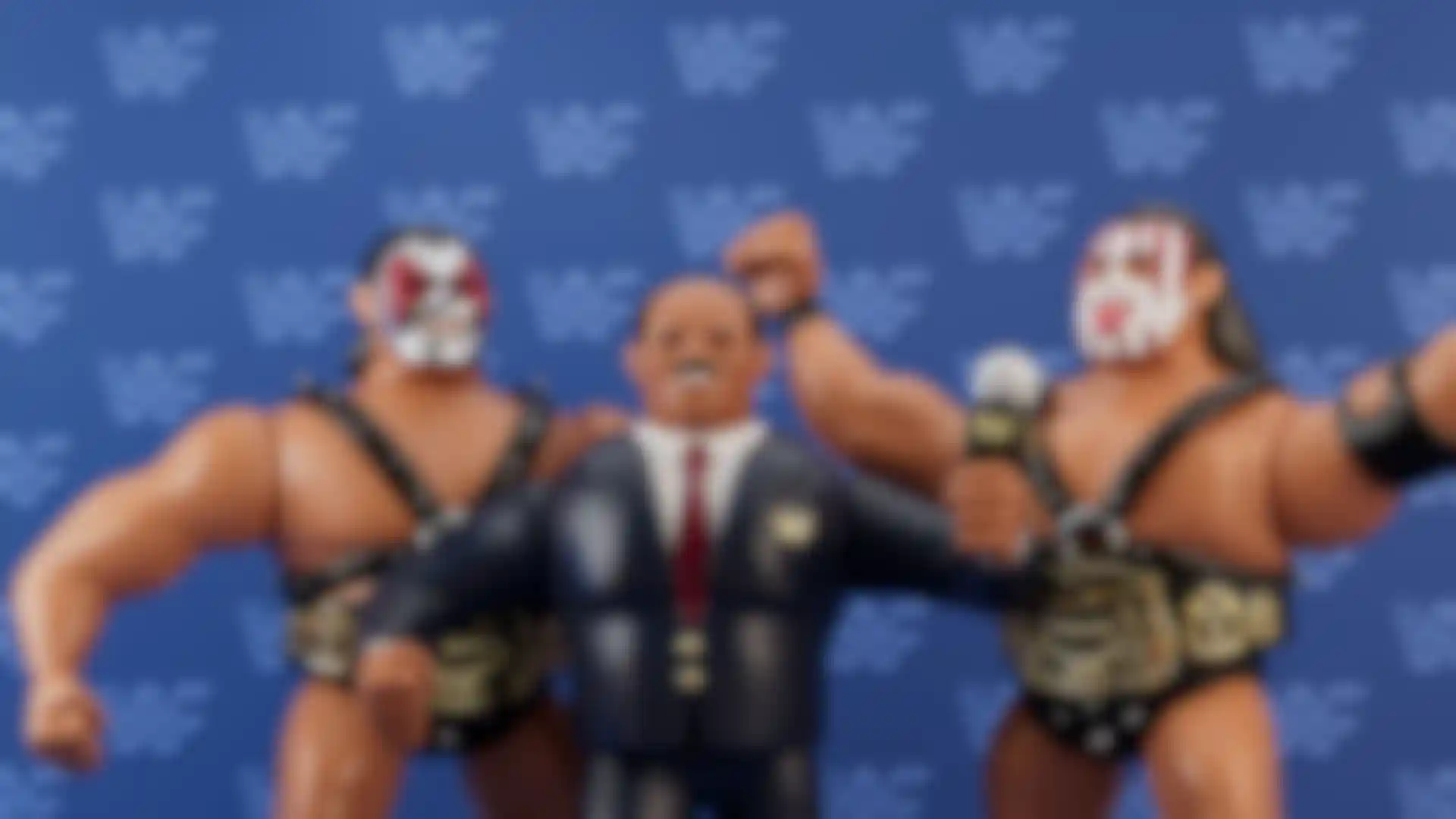
Learning that the ’sport’ is contrived, and that what I was presented with was not on the level, was a watershed moment for me, akin to finding out there wasn’t the Tooth Fairy, but in fact it was my parents who were swapping incisors for cash.
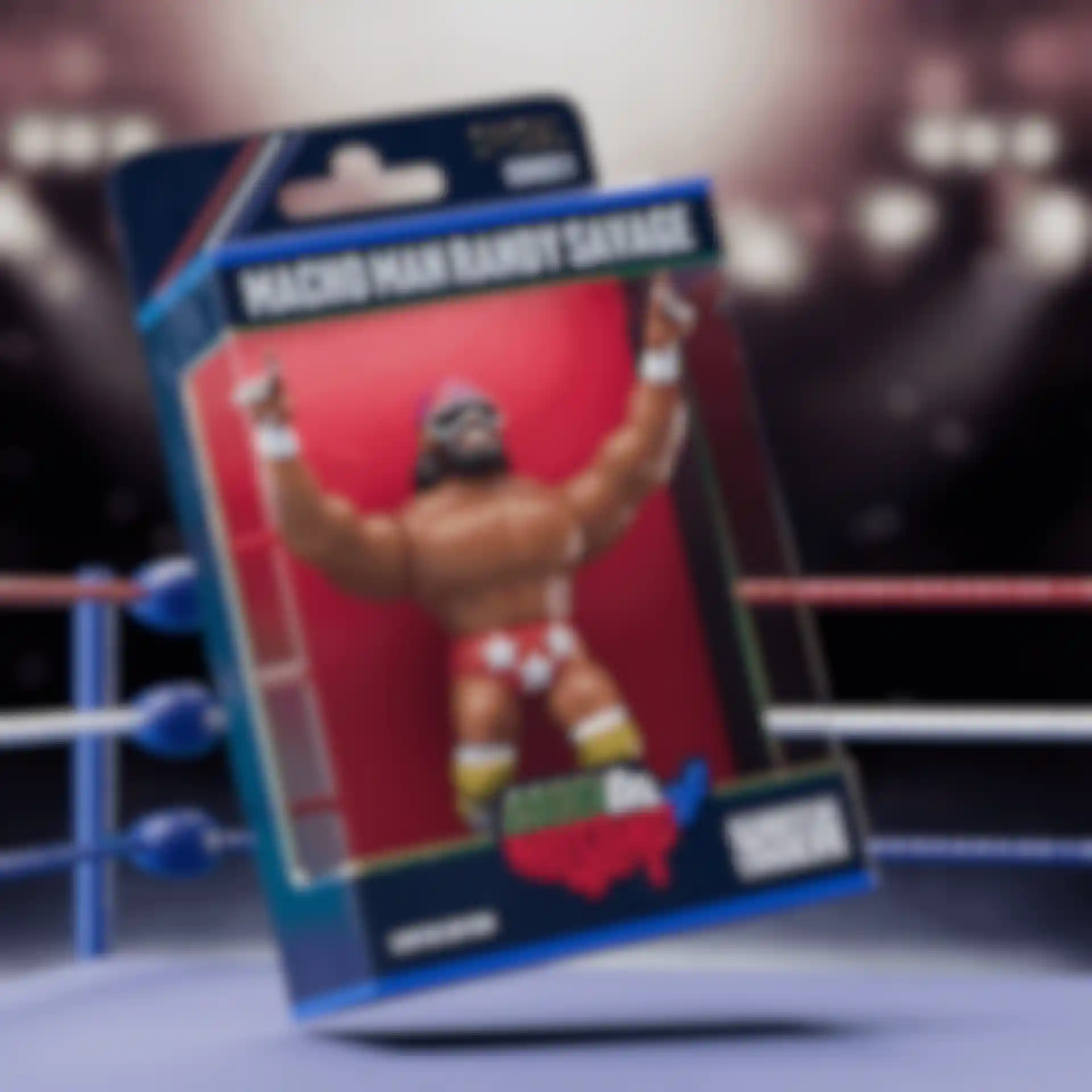
At the same time, I have come to have a deep appreciation for the somewhat carny nature of wrestling. It’s such an odd phenomenon and the fact that it persisted into the ‘90s, let alone to this day seems ridiculous!
I mostly focus on 1987-1992, my ‘golden’ era, so the characters have that nostalgia-laced aesthetic with a lot of neon spandex, face paint and some weapons-grade mullets.
Talk about how you used C4D, Redshift and Greyscalegorilla Plus?
Davidson: During the Covid pandemic, we in the U.K. were locked down in our homes several times and I chose to spend any spare hours learning how to do some rudimentary box modeling in Cinema 4D.
Having spent a lot of time making all the basic errors, I found that I was never going to be a master of topology. But I could treat the curves of the subdivisions a bit like the tangents of vertices in Illustrator. The fewer polygons I used, the happier I was with the models because I could iterate quickly and reuse elements to create a fun toy-like aesthetic.
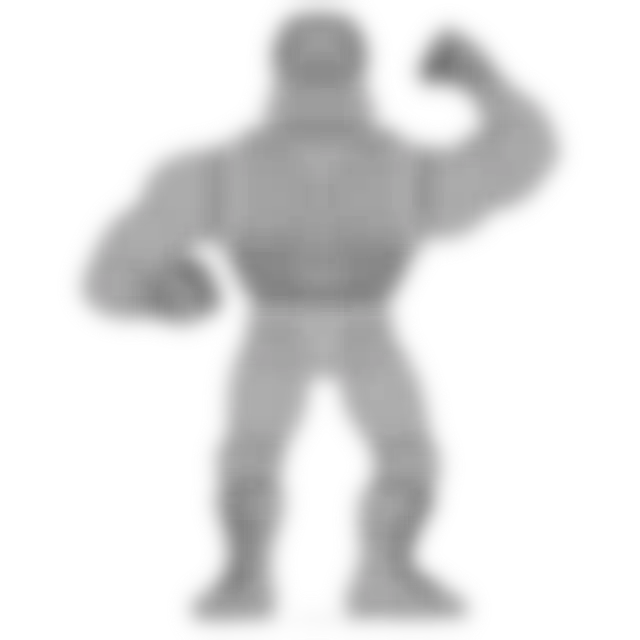
Texturing, normal maps and all the professional level stuff you need to learn have come more slowly to me. Redshift and the tools created by Greyscalegorilla have been great for creating more realistic renders than I would otherwise have been able to achieve.
Did you run into any problems along the way?
Davidson: When you’re learning things like modeling, texturing and topography, every few weeks you look back at the work you have completed with slight horror. You have a much better idea of how you should have gone about the process and the temptation is to start again from scratch armed with that new knowledge.
That seems to be a common thread amongst 3D artists.
Davidson: Yes, I ended up retexturing the models several times, returning to try to sort out normals, and introduce noise textures to various elements, which meant I was often retreading ground. Ultimately, to complete the project you have to just make peace with some of the choices you made when you didn’t know what you were doing. On top of that, the 3D printing process exposed several blind spots in my modeling.
What might you do differently next time?
Davidson: Producing a project like this from technical entry level means that you will always feel a little dissatisfied with results. It’s important to remind yourself that the real goal is to improve your skills. The output itself—in this case an Instagram feed—is really just me documenting the progress in a way that maintains my own interest.
In all likelihood, I’ll start over at some point in the future and further apply what I’ve learned to a new set of figures. Pro wrestling has always been a source of inspiration for projects, so future projects will probably somehow be based around the same gang.
I think I might also venture into creating additional detail using ZBrush or something similar. Experimenting with 3D printing has highlighted that small details like logos, stitching, tassels and chains really come out nicely in the prints.
Do you have a favorite wrestler that you worked on?
Davidson: I have lots of favorites, ha. A few I’m most proud of from the series include Jake “The Snake” Roberts as he required some careful spline wrapping to incorporate the snake.

The “American Dream” Dusty Rhodes is another favorite, as I feel I captured something of his lop-sided, squinting grin with my super basic topology. The Road Warriors (below) took the most work in terms of figuring out how to create and apply all the elements of their attire from the makeup to the spiked shoulder pads.
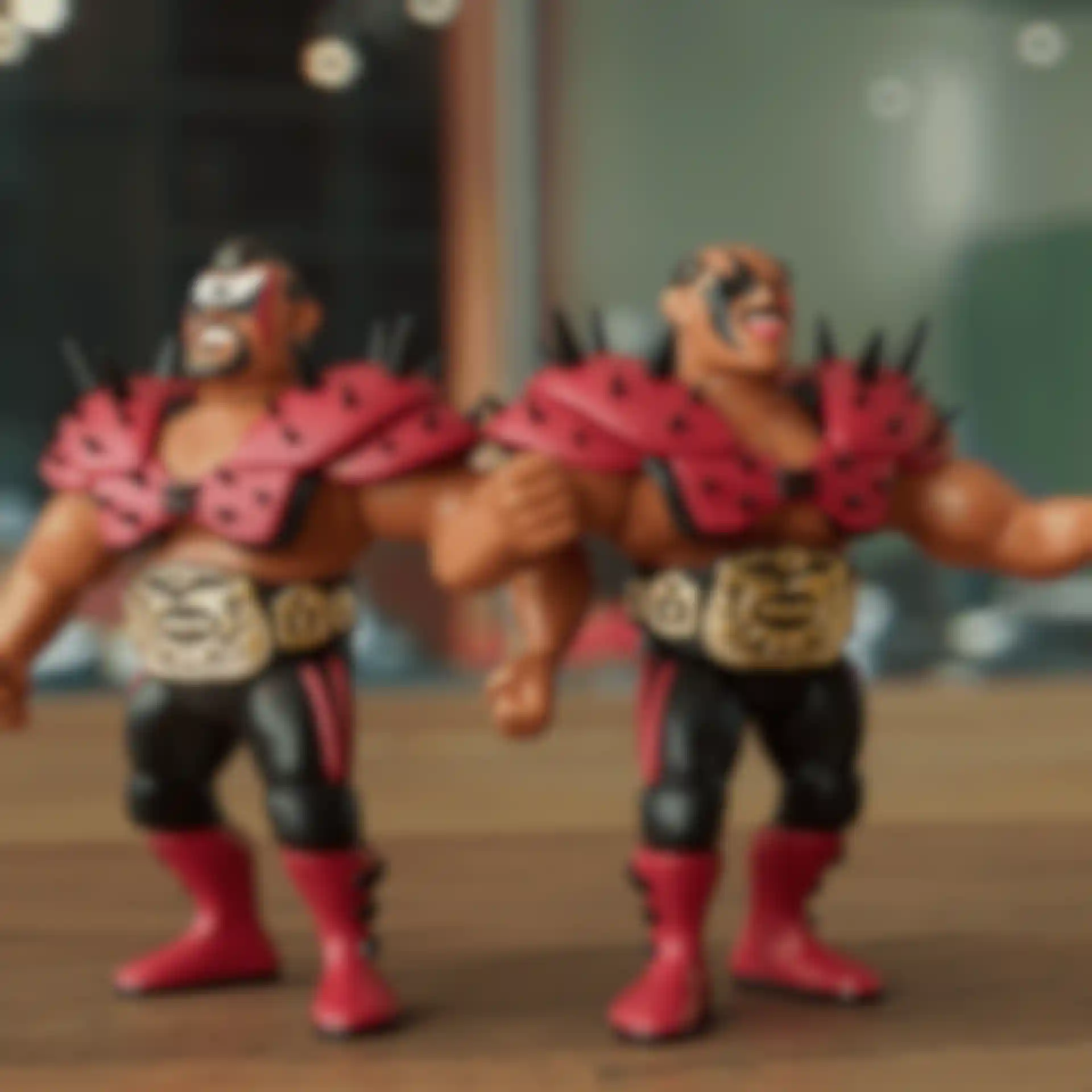
What’s next for you? Will you be tackling another sport next?
Davidson: We will definitely experiment further with printing the models. We are even hoping to release a small initial range of officially licensed toys based on six of the existing models with the guys at Wrestling Trader, so we’re looking forward to that. In terms of tackling other sports, we have been looking at using Cinema 4D to bring an animated element to the physical work we have been printing.
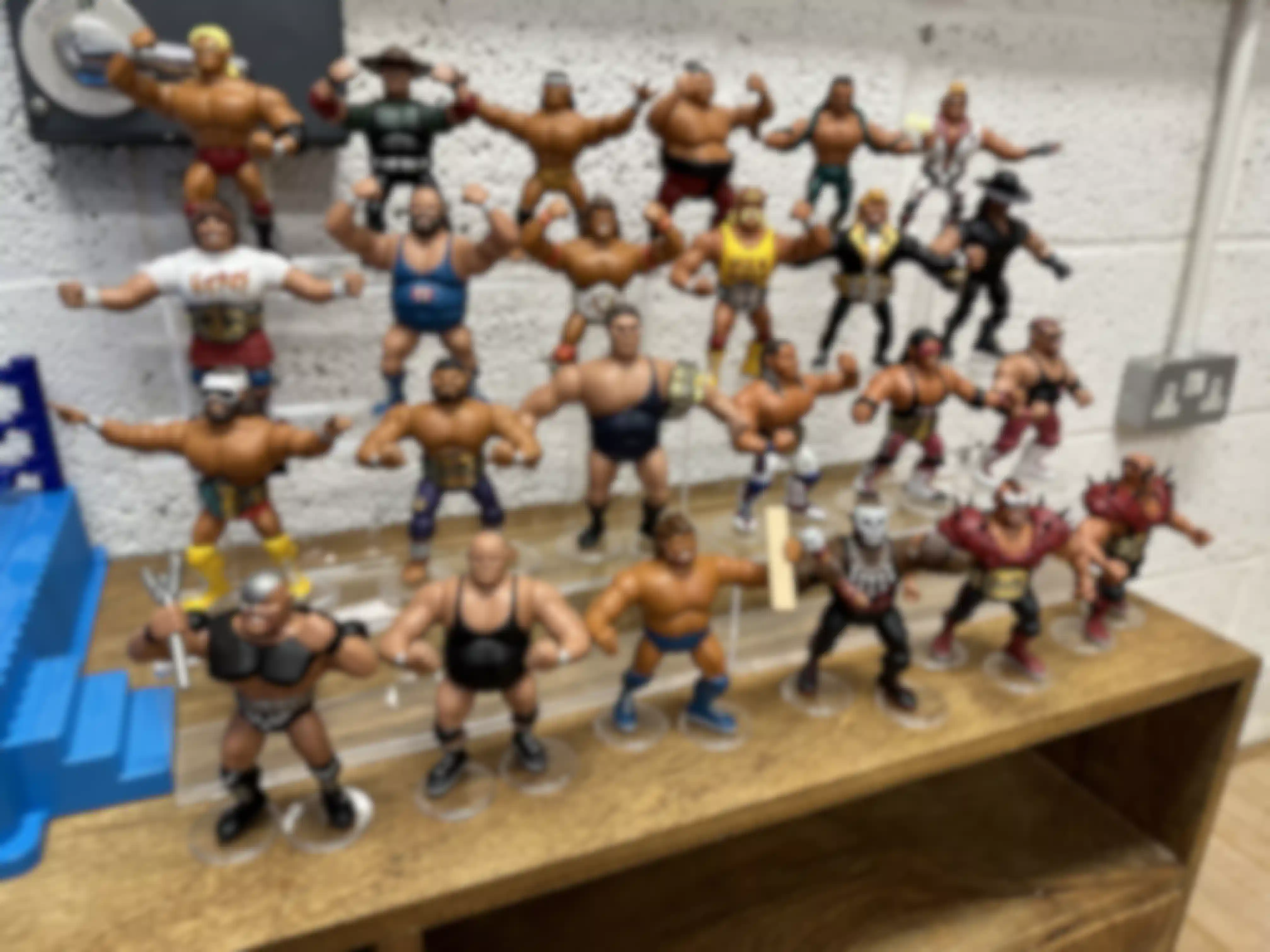
I love zoetropes and other real-life, illusory animation techniques, so it would be great to push some of those tests into our live work. So far we have printed around 80 of our characters. I think I’ll fill the holes in the wall display before we call time on this particular project. Aside from anything else, it’s costing me a small fortune in printing resin.